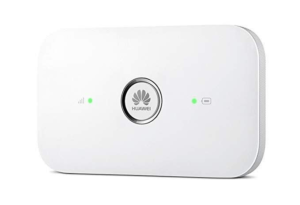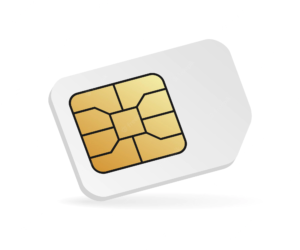
Let’s face it; no one likes to be tied down to one spot. We are a mobile people and therefore have invested in mobile technologies such as smartphones, laptops and tablets.
To make these devices come to life, access to an internet connection is a must. Traditional wired internet connection such as the blue ethernet/network cable is not appropriate as it would tie you down. You need wireless internet connections.
Today we will be exploring some of the ways in which you can obtain wireless internet connectivity.

Have you ever been to malls, airports or hotels and were able to use your mobile device to obtain free internet? If your answer is yes, then you had access to a public WIFI Hotspot.
A WIFI hotspot is a public area in which a wireless internet connection is made available for use. Many establishments now offer wireless internet connections to patrons as a way of retaining customers. The WIFI access may either be offered for free or at a cost. In Trinidad and Tobago, there are many places that offer WIFI hotspots.
The government of Trinidad and Tobago launched an initiative called TT WiFI and provides free wifi in certain locations. See the free WIFI locations here.

A router is a device that broadcasts a wireless signal to wireless-enabled devices. Setting up a router in your home or office is now an easy process that even the non-technically minded can do it. The router must be connected to an Internet Service Provider’s (e.g. TSTT’s) wired internet connection (e.g Blink Broadband), so do ensure that you have purchased an internet plan from them before installing.
Installing the router is pretty straightforward as there are installation screens that provide prompts for you during the whole process. The main things you should have set up are the network name (SSID) and a secure password. There are several popular router brands for you to choose from including Linksys, Netgear and Belkin.

These are mobile devices that turn your connection into a portable WIFI hotspot. This is truly a “go anywhere”, “connect to any type” of device. The device is obtained from your Internet Service Provider (e.g. TSTT) so an internet plan with them is necessary.
These devices allow you to connect more than one mobile device to it and obtain internet access on each of them. TSTT’s “MiFi Device” is one such device that currently offers this capability.

If you have no router at your location but only have a wired internet connection, then you can still make a wireless network by setting up a Windows Adhoc Network or by installing a software called Connectify (to connect some devices that do not see the Adhoc Network) on your computer.

Nearly all modern devices have built in WIFI capability. If your device (laptop or tablet) has no WIFI capability built in, you can always extend the device’s capability by using an external WIFI device called a WIFI Adapter/Dongle.
These devices usually come in USB forms carrying the WIFI capability and can easily plug into many of the devices. Once you have the dongle attached, you would be able to pick up WIFI signals (through public hotspots or your own internet connection).

The USB modems looks just like the usual USB memory sticks that you store data on. Instead however, the USB modems have the capability to provide you internet access, anywhere, anytime. They usually come in two flavours:
You must first sign up for an internet plan with your Internet Service Provider (ISP) then they will provide you the USB modem stick to gain access to the internet. You simply plug the modem into to your computer’s USB port and you’re ready to connect to the internet.
Just insert your data enabled SIM card (obtained from ISP) into the integrated slot on the USB modem, plug into your laptop or tablet, and you are ready to connect to the internet.

Most of the latest phones, laptops and tablets that come with built-in mobile broadband. All you need to do is obtain a SIM card with a data plan from an Internet Service Provider, insert the SIM card into the mobile device, turn it on and you have access to the internet.

If you already have a data plan on your phone from an Internet Service Provider, then you can use that existing internet connection on another mobile device such as a laptop.
You can turn on your phone’s mobile hotspot feature to allow internet access. Each phone has a different connection mechanism, so check the manufacturer for details.
Hopefully, after reading this list you would be inspired to think outside the box!
Share This Post
Why not reach out to us today!
View The Success Stories Of Others
Join other businesses that trusted us with their Digital Transformation

Interested?
Reach us through
Social Networks
Interested?
Send us a Message
We engineer smart solutions that help businesses thrive with digital transformation.